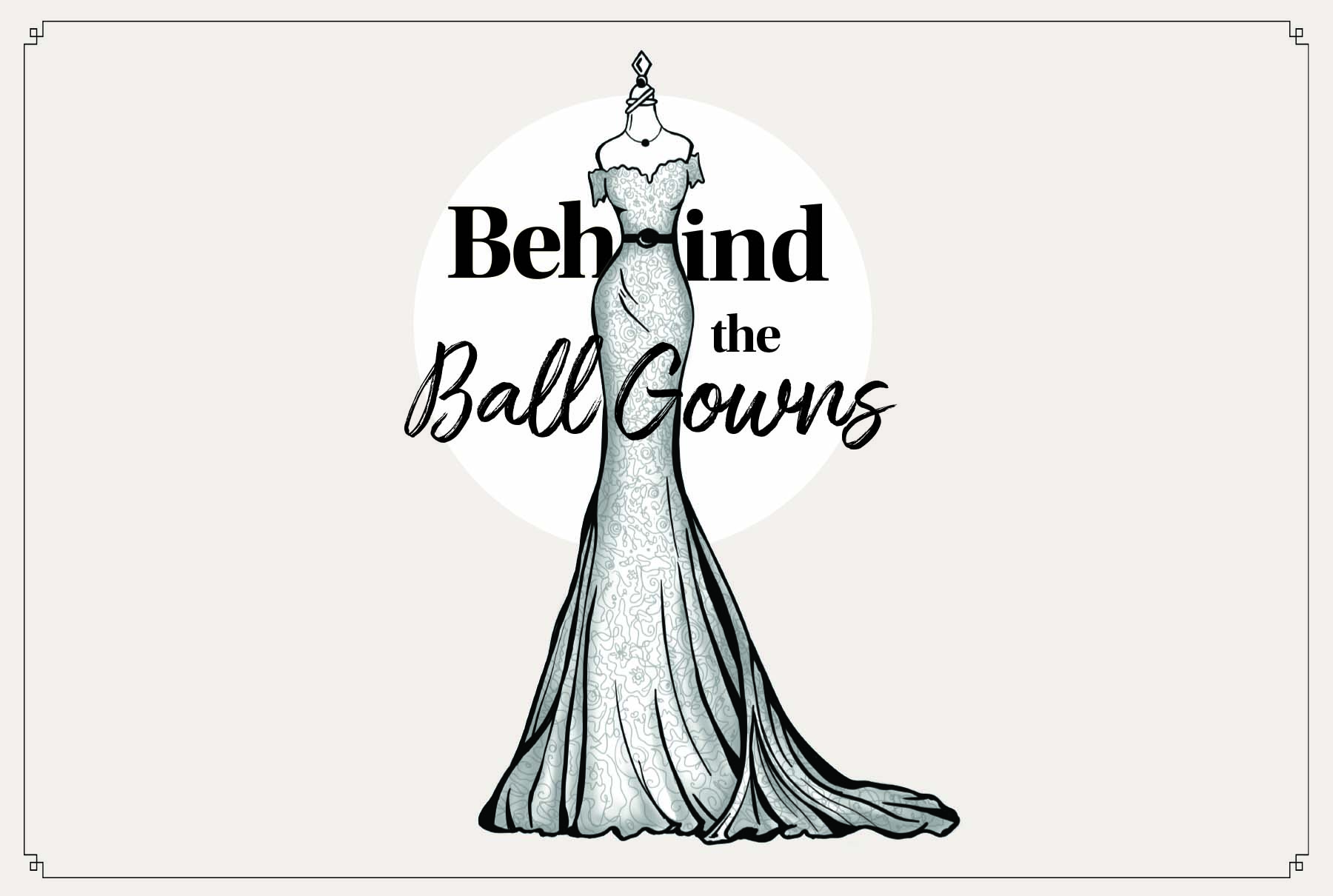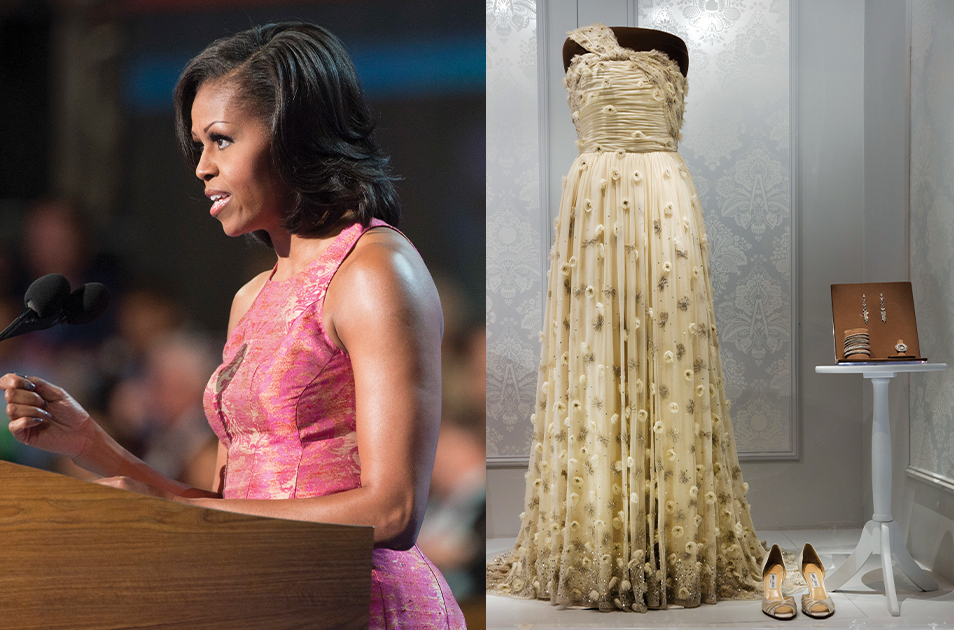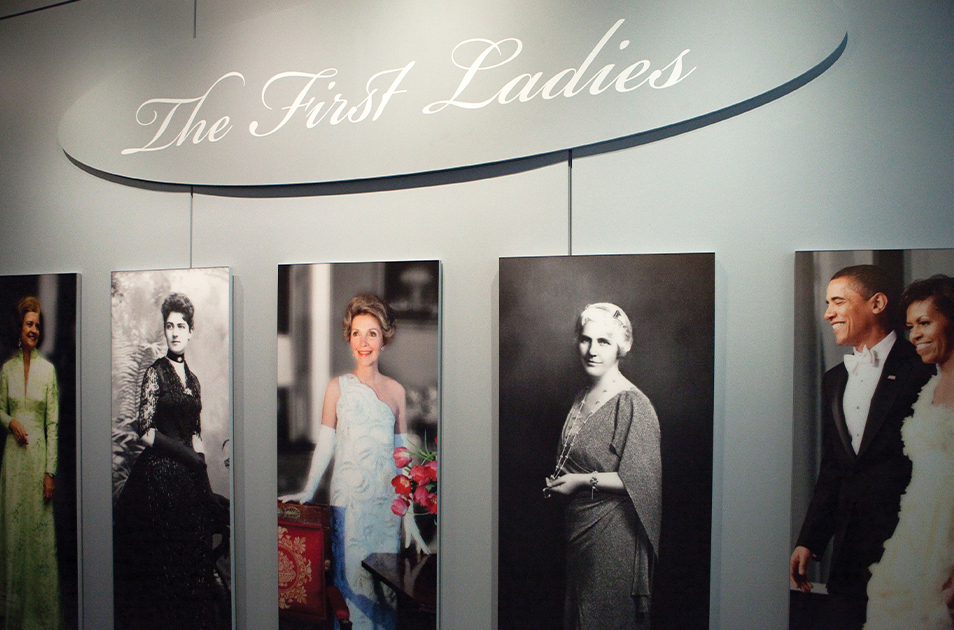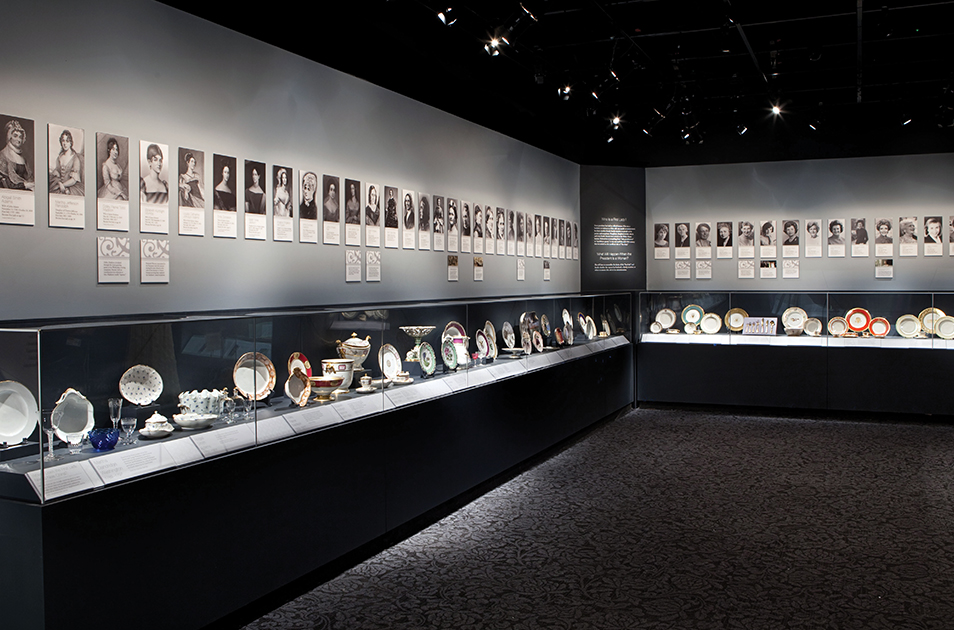Contact us
401 W. Kennedy Blvd.
Tampa, FL 33606-13490
(813) 253-3333
UT researchers explore the women of the White House

Despite their proximity to the highest realms of political power, the First Ladies of the United States have historically been overlooked as political figures on their own. A team of undergraduate students and political science professors at UT have spent the last few years working to change that.

Michelle Obama blended policy into traditional roles. At right is her 2009 inaugural ball gown. Photos by Getty Images


The First Ladies exhibit at the Smithsonian National Museum of American History was the inspiration for Professor Mary Anderson's research. Photos courtesy of the Smithsonian Institution.
More UTampa News